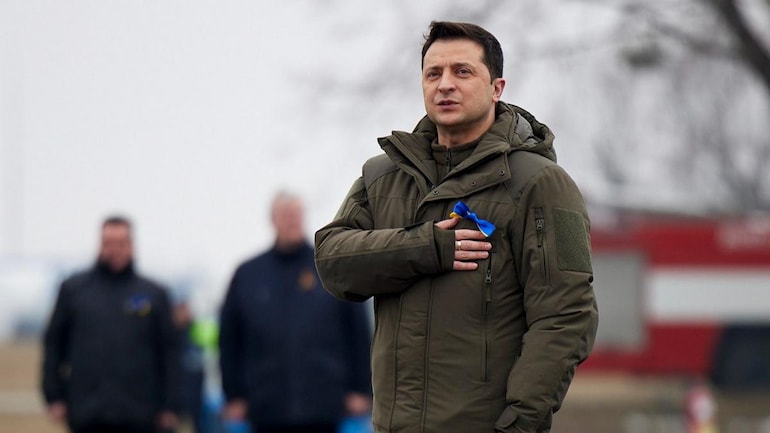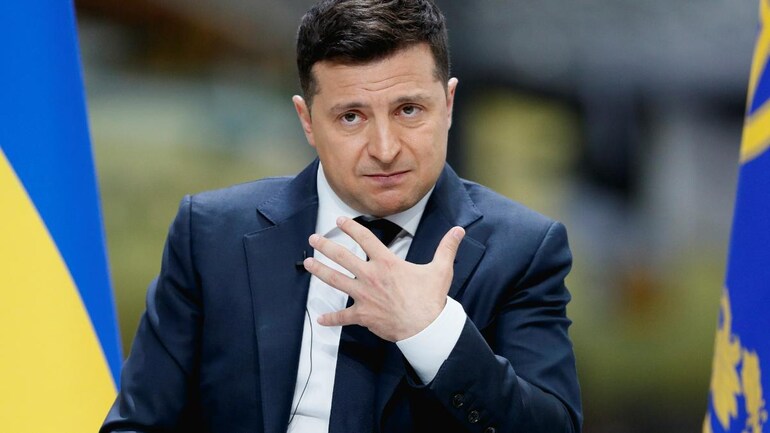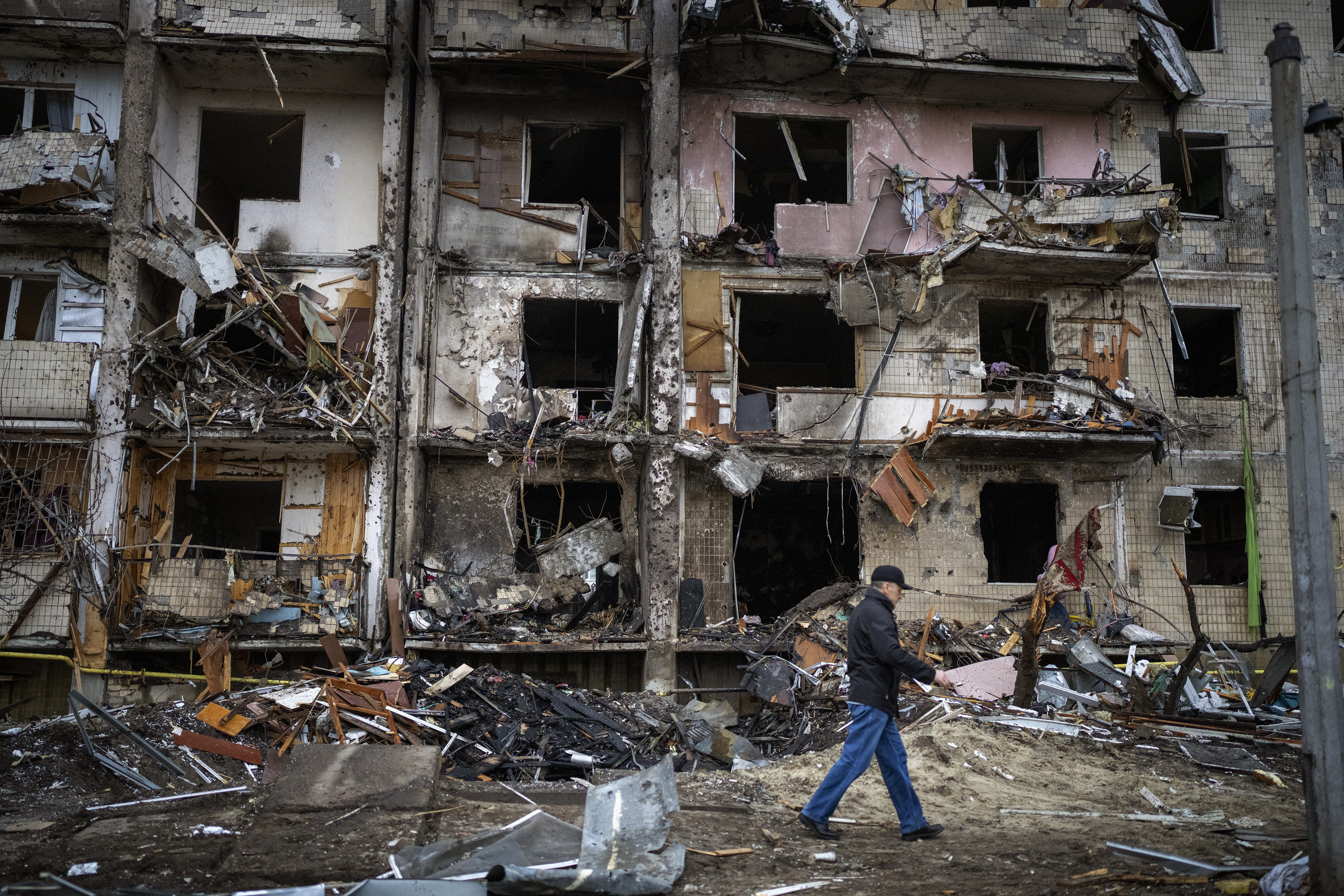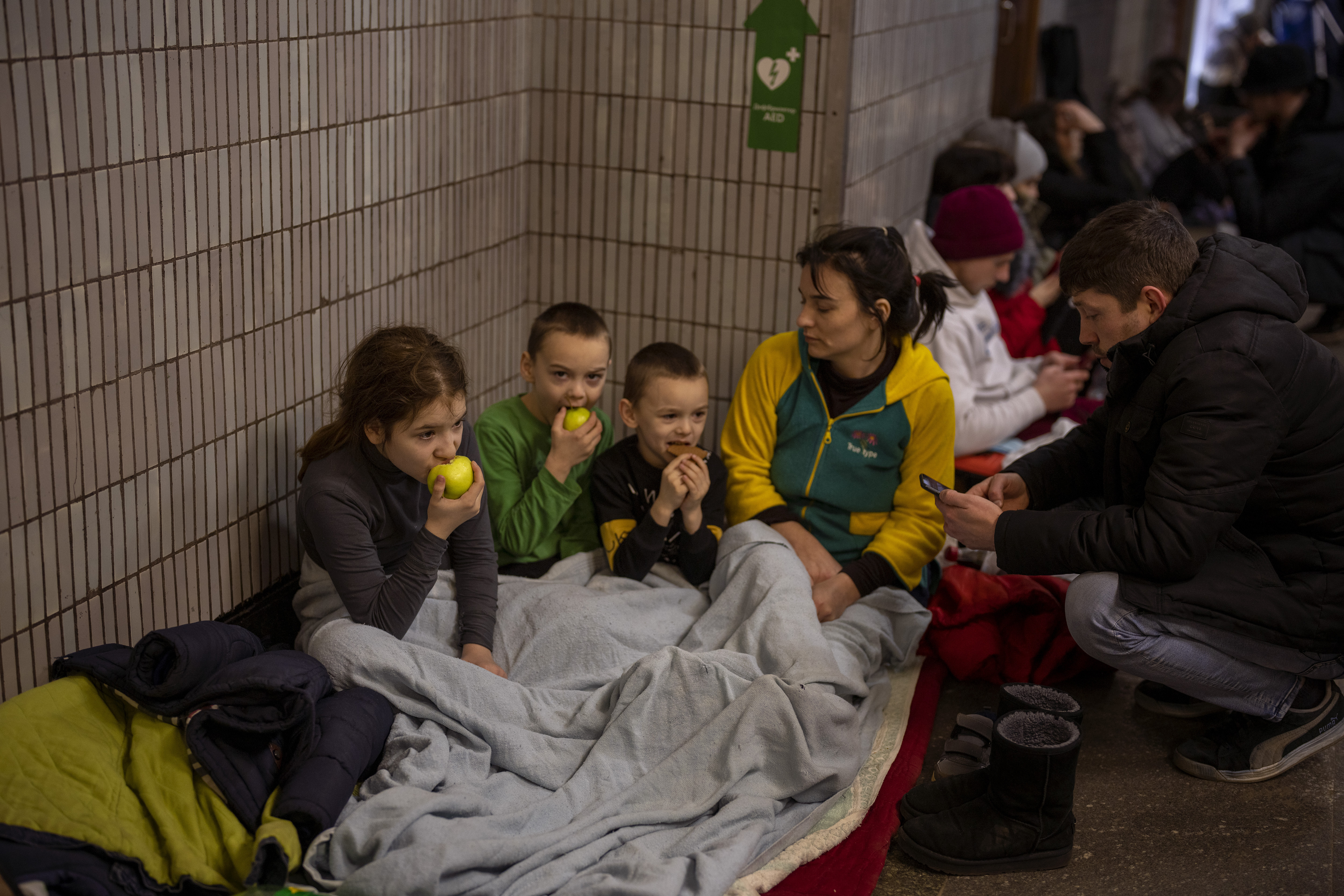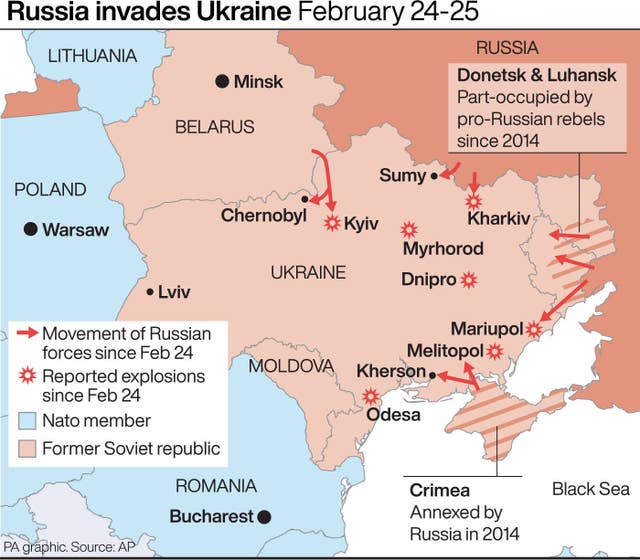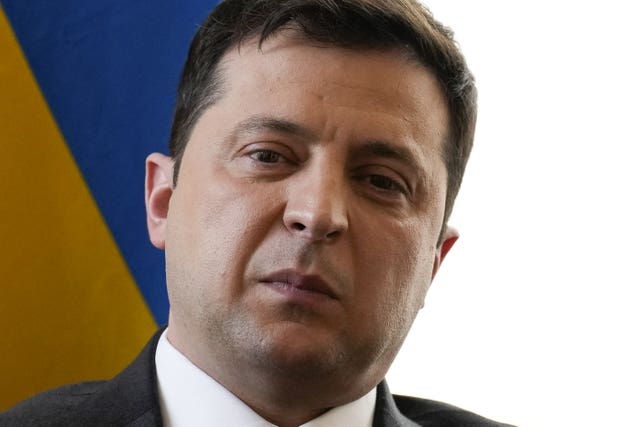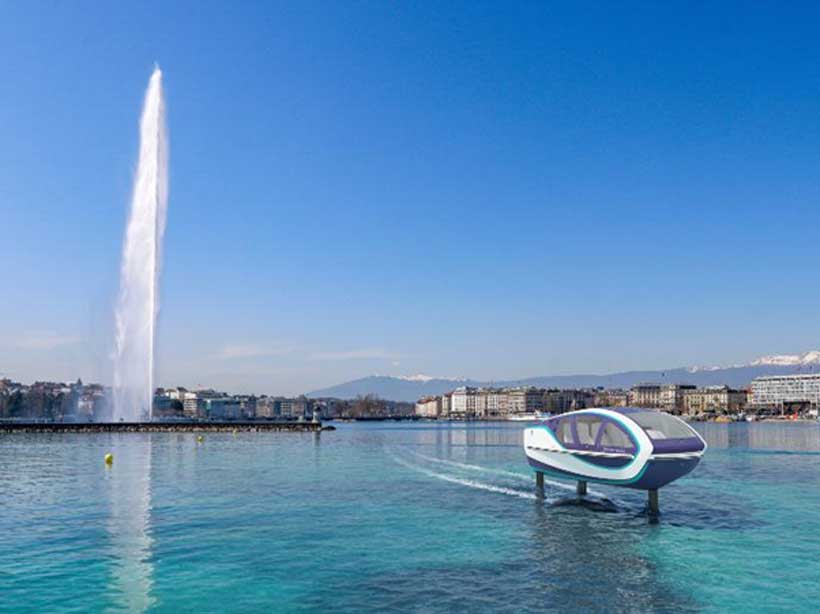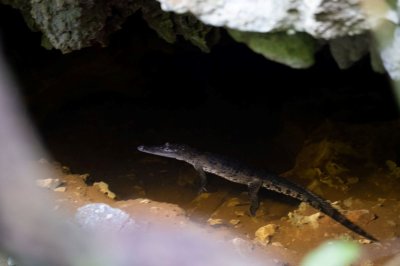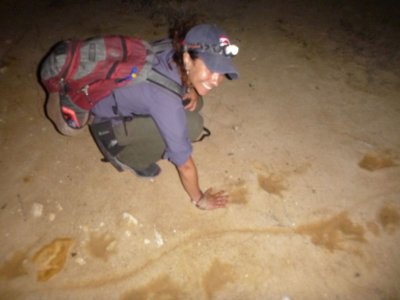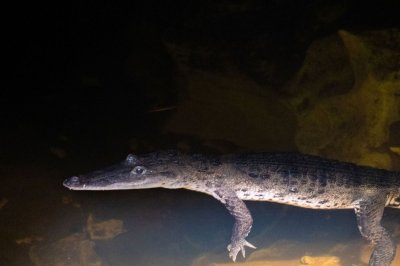Russian President Vladimir Putin is the latest target of international sanctions over the invasion of Ukraine, with the US, Canada and European allies all announcing they are adding direct measures against him and his foreign minister.
With Russian forces on the outskirts of Ukraine’s capital, diplomatic appeals appeared to come second to imposing financial pain on Russia as global condemnation grew.
Today, I met with fellow leaders from our NATO Allies and spoke with President Zelenskyy of Ukraine. The United States continues to provide economic, humanitarian, and security support–and we continue to rally other countries to provide similar assistance. https://t.co/sVZuaJiLE5
— President Biden (@POTUS)February 25, 2022
Asked if US President Joe Biden has planned any more direct diplomatic overtures towards Mr Putin, White House press secretary Jen Psaki on Friday told reporters he had not, but “it does not mean we have ruled out diplomacy forever”.
She said the US was preparing individual sanctions on Mr Putin and foreign minister Sergei Lavrov, likely to include travel bans.
The announcement came hours after the European Union announced it intended to freeze Mr Putin’s assets, and Boris Johnson told Nato leaders the UK would also sanction the president and Mr Lavrov.
Ms Psaki said the US would also newly sanction the Russian Direct Investment Fund, which functions as a sovereign wealth fund meant to draw capital into the Russian economy.
The US and European allies earlier announced sweeping asset freezes and other penalties against Russia’s banks, state-owned enterprises and elites.
The American measures block Mr Putin and Mr Lavrov – whom the Treasury Department’s formal announcement of the sanctions described as Mr Putin’s “chief propagandist” – from access to any assets within reach of US officials, and bar anyone in the States from doing business with them. Members of Russia’s security council were also sanctioned.
The sanctions would not ban contact between, for example, Mr Putin and Mr Biden, or US secretary of state Antony Blinken and Mr Lavrov.
It is unclear what the practical impact on Mr Putin and Mr Lavrov would be and how important their assets in Europe were.

EU ministers have said further sanctions are possible, including kicking Russia out of Swift, the dominant system for global financial transactions.
Canadian Prime Minister Justin Trudeau said his country supports the removal of Russia from Swift.
Russia has imposed its own tit-for-tat measures, banning British flights to and over its territory in retaliation to a similar UK ban on Aeroflot flights.
Russian authorities also announced the “partial restriction” of access to Facebook after the social media network limited the accounts of several Kremlin-backed media.
Moscow also vetoed a UN Security Council resolution demanding that it stop its attack on Ukraine and withdraw all troops.
The international measures against Russia have also included:
– An extraordinary visit by Pope Francis to the Russian embassy to “express his concern about the war”
– The Uefa Champions League final being stripped from St Petersburg
– Formula One dropping this season’s Russian Grand Prix in Sochi
– Russia banned from the Eurovision Song Contest in Italy in May
Countries in Asia and the Pacific have joined others in sanctioning Russian banks and leading companies and setting up export controls aimed at starving Russia’s industries and military of semiconductors and other hi-tech products.
Australia on Saturday said it was imposing sanctions against all 339 members of the Russian parliament as well as eight Russian oligarchs close to Mr Putin and is considering sanctions against the president and Mr Lavrov.
Japan and South Korea on Saturday said their foreign ministers had spoken with Mr Blinken, but Japanese foreign minister Yoshimasa Hayashi declined to say whether Tokyo plans to impose sanctions on Mr Putin or Mr Lavrov.
South Korea’s foreign ministry said Mr Blinken thanked Seoul over its willingness to participate in international sanctions against Russia, without giving details.
China has continued to denounce sanctions against Russia and blamed the US and its allies for provoking Moscow. Beijing, worried about American power in Asia, has increasingly aligned its foreign policy with Russia to challenge the West.
Biden unveils 'severe' economic sanctions to make Putin a 'pariah on international stage'
The US President conceded there was a lack of Western unity for enacting an even tougher measure.
US PRESIDENT JOE Biden has announced “severe” economic sanctions to make Russian President Vladimir Putin a “pariah” for invading Ukraine, but conceded there was a lack of Western unity for enacting an even tougher measure.
In a speech from the White House, Biden said four more banks – including the two biggest, Sberbank & VTB – would be hit with sanctions by Western sanctions. In addition, export controls slapped on sensitive components will “cut off more than half of Russia’s high-tech imports”.
“This is going to impose severe cost on the Russian economy, both immediately and over time,” Biden said.
Those measures, on top of a raft of other sanctions already announced this week, will make Putin “a pariah on the international stage,” Biden said.
“Any nation that countenances Russia’s naked aggression against Ukraine will be stained by association,” he said.
Biden confirmed that for now there was no attempt to put sanctions directly on Putin, who is widely reported to have amassed a huge, secret fortune during his two decades in power.
He also said that a much talked about move to cut Russia from the SWIFT international payments system – essentially crippling its banking sector - was not happening.
Ukraine pleaded for yanking Russia from SWIFT on Thursday, but Biden said that the Western coalition could not come to an agreement.
“It is always an option but right now that’s not the position that the rest of Europe wishes to take,” he said.
G7 closes ranks
Biden spoke to the nation after having attended a virtual, closed-door meeting which lasted an hour and 10 minutes with the Group of Seven.
The group of rich Western democracies – Britain, Canada, France, Germany, Italy, Japan and the United States – said it was standing firm against Russia’s “threat to the rules-based international order”.
Biden tweeted that G7 leaders “agreed to move forward on devastating packages of sanctions and other economic measures to hold Russia to account. We stand with the brave people of Ukraine”.
In a joint statement, the seven industrial powers also said they were “ready to act” to minimize disruptions to world energy markets as a result of Moscow’s assault on Ukraine and with sanctions already targeting a major pipeline from heavyweight energy producer Russia.
In London, British Prime Minister Boris Johnson said Britain was freezing the UK assets of Russian titans in banking and arms manufacturing, sanctioning five more oligarchs, and banning Aeroflot.
And Germany’s vice chancellor, Robert Habeck, signalled on Thursday that the Western sanctions aimed to “cut off the Russian economy from industrial progress (and) dramatically limit access to the European and American markets.”
Next step
A first round of Western sanctions was unleashed on Tuesday, after Putin announced he would send troops as “peacekeepers” to two small areas already controlled by Moscow-backed separatists.
The US government joined European allies in imposing sanctions on two Russian banks, Moscow’s sovereign debt, several oligarchs and other measures.
Then on Wednesday, as the Russian invasion force became clearly primed to attack, Biden announced he was imposing sanctions on the Nord Stream 2 natural gas pipeline from Russia to Germany – one of Moscow’s highest-profile geopolitical projects.
Germany had earlier announced it would block the pipeline from opening for deliveries.
US State Department spokesman Ned Price warned this week that “no Russian financial institution is safe”.
But there are limitations to what Western countries can do at a time when the world is emerging from the Covid pandemic.
Energy and other big Russian sectors are for now considered off limits for sanctions. Even so, oil prices are soaring at over $100 a barrel – a surge that will hurt Western political leaders as voters feel pain at filling stations.
The United States is “not going to do anything which causes an unintended disruption to the flow of energy as the global economic recovery is still underway,” said deputy national security advisor, Daleep Singh.




